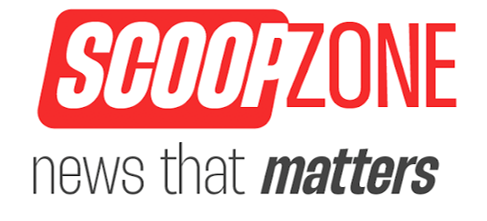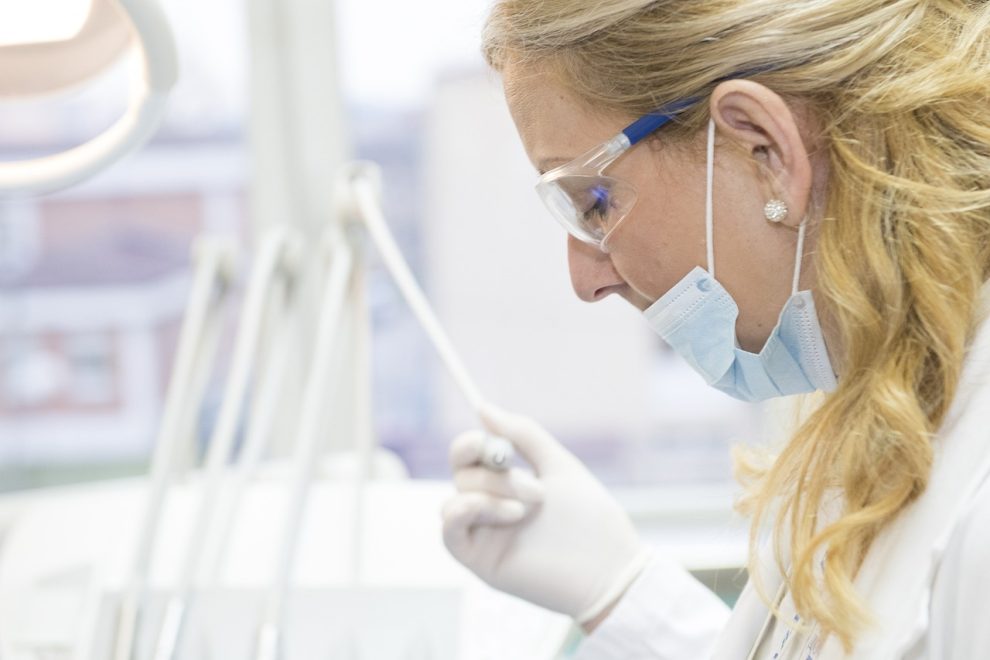Artificial intelligence has been making headlines recently for various reasons. The latest news is the release of a new study that found that AI could potentially be helpful for detecting cancer.
The new study put AI to the test and found that it could be up to 20% more effective in screening for cancers. According to the study, which looked at mammogram screenings and readings specifically, it’s possible that AI could be used to help read test results accurately.
When compared with a standard screening by a radiologist alone, using a combination of AI and human screening meant 20% more correct diagnoses – an encouraging outcome.
Early detection normally means much better health results for patients. The American Cancer Society says that when breast cancer is detected early and is still in the localized stage, the 5-year survival rate can be as high as 99%, which shows how important screening is.
How can AI read mammograms?
According to the experts, doctors can teach AI how to read mammograms by showing it what a normal image looks like compared with a cancerous one. By showing it millions of different scans, it uses algorithms to work out which patients have a clear image, which ones need further testing, and which ones potentially have cancer.
Although the results are promising, showing that technology could help to detect cancer from scans in the future, the research is still ongoing and scientists say that it needs to be fine-tuned.
Lead researcher Dr. Kristina Lång said in a statement, “These promising interim safety results should be used to inform new trials and program-based evaluations to address the pronounced radiologist shortage in many countries. But they are not enough on their own to confirm that AI is ready to be implemented in mammography screening.
The greatest potential of AI right now is that it could allow our radiologists to be less burdened by the excessive amount of reading.
While our AI-supported screening system requires at least one radiologist in charge of detection, it could potentially do away with the need for double reading of the majority of mammograms, easing the pressure on workloads and enabling radiologists to focus more on advanced diagnostics while shortening the waiting time for patients.”











Add Comment